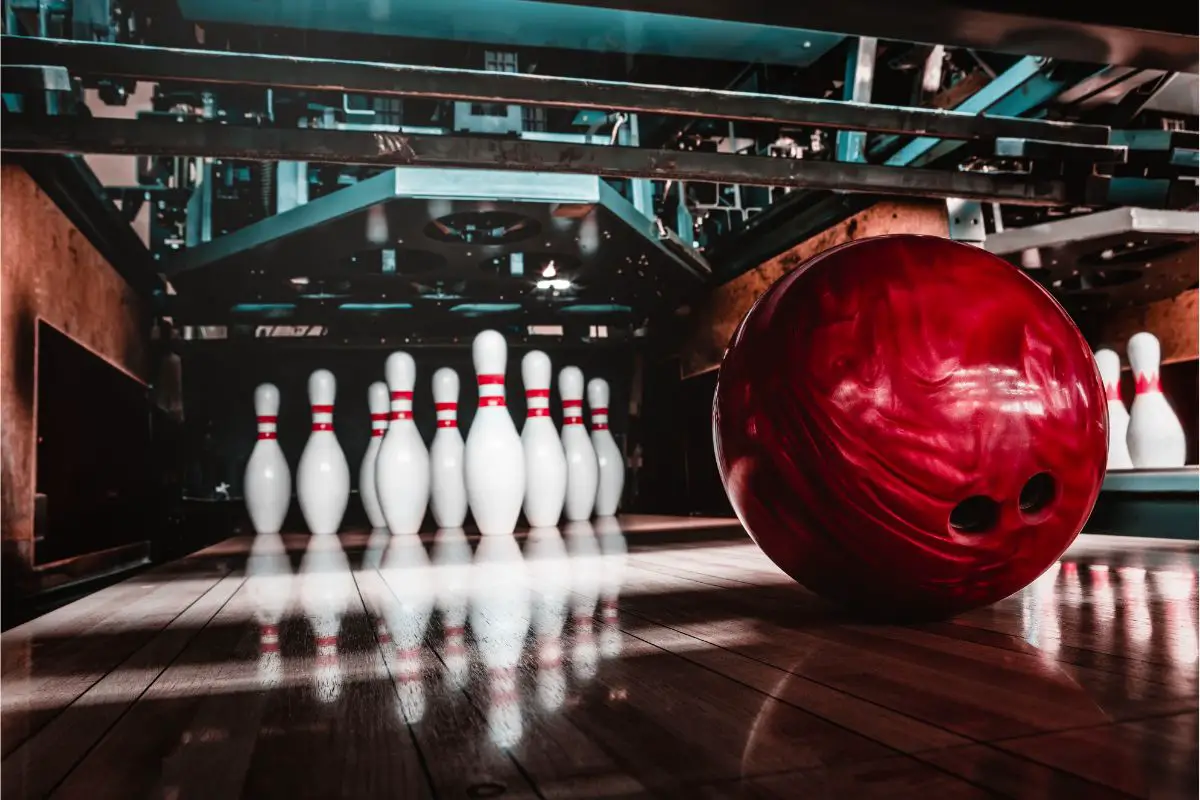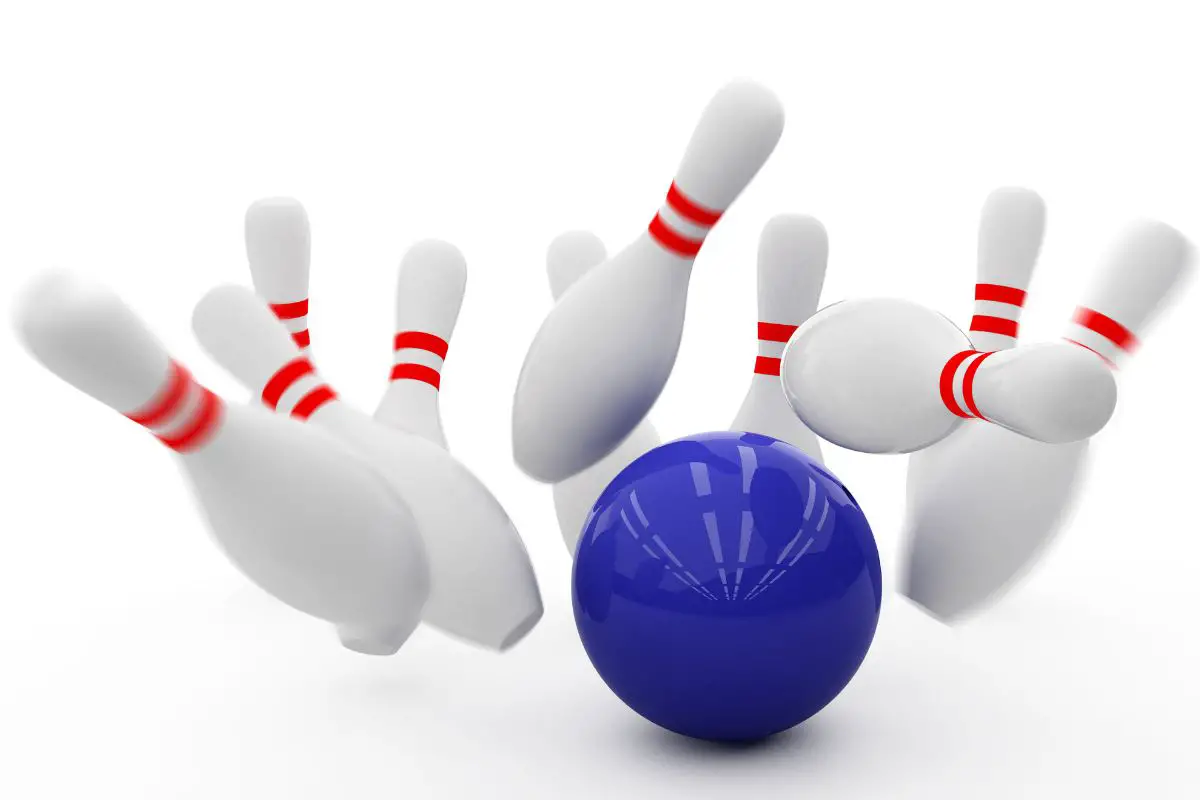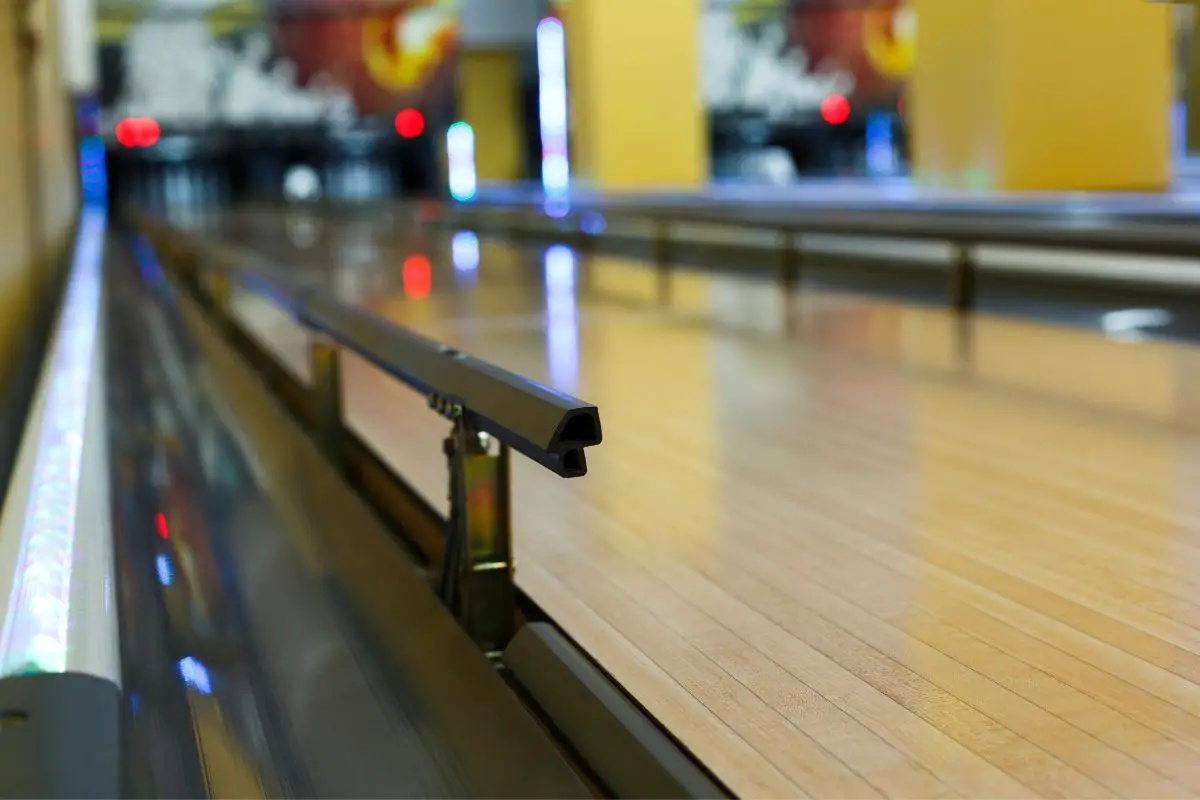Bowling is one of the most loved sports in the global repertoire, whether children, the elderly, or adults, we all love going to the bowling alley with our friends and family for some easygoing, accessible, sports.

It is a huge recreational sport that is easy for everyone to get involved in no matter your shape or size, bowling is indiscriminate.
While it is loved for its recreational enjoyment, many find that they are fairly proficient at the sport and as a result, competitive bowling is also a huge part of both local scenes as well as in a global and nationwide sense.
However, getting the Olympic seal of approval can be important to really deem a sport as ‘competitive’ and many of bowling’s advocates wish to see the sport in the Olympics, while it currently isn’t.
Will bowling ever be in the Olympics? Keep reading to find out.
Has Bowling Ever Been Part Of The Olympics?
Tenpin bowling has never been a part of the official Olympics, but it has been considered a part of the Olympics in a much smaller capacity. Let’s explore.
The closest that bowling has ever come to reaching the Olympics was in the 1980s and again in the 1990s, a period when bowling was cooking in the US as well as Asia.
What occurred was that bowling was actually used in the demonstration events for both the 1988 Seoul Summer Olympics as well as the 1996 Atlanta Summer Olympic Games, however, this occurred during what they call a ‘demonstration program’.
This occurred as popularity had grown from the inclusion of bowling in other sports events.
1978 Asian Games
Most of the push from the wider sports world to include bowling in the Summer Olympics came after its success in the 1978 Asian Games in Thailand. Held in Bangkok, they held the first-ever multi-sports event where bowling was included.
In addition, bowling has been included in every ‘World Games’, a quadrennial sports event, including the first event in the US in 1981.
While bowling was removed from the Asian Games in 1982, held in India, a country not so well known for bowling popularity, it did return four years later in the 1986 Asian Games in Seoul, South Korea.
The interest in bowling, during the 1986 Seoul Asian Games, from the public was impressive and as bowling was included there was a large push from bowling fans and players for the sport to be included in the Summer Olympics held in Seoul in 1988, or at least as a demonstration sport.
As A Demonstration Sport
Due to the interest garnered in the 1986 Asian Games, thanks to bowling being at least partly why it was so successful, many pushed for the sport to be included in the Seoul Summer Olympics two years later.
Yet, they were unsuccessful in earning recognition as an actual sport by the Olympic committee.
Mainly, the fear with bowling was that it requires some fairly expensive equipment and installation, and isn’t that accessible to those in underdeveloped areas, not in the same way that soccer or martial arts is.
However, it was a demonstration sport in the 1988 Seoul Summer Olympics. A demonstration sport is a sport that is demonstrated in order to market and promote the Olympics in that country.
The sport does not receive medals nor recognition in the subsequent Olympic games but is more for promotion.
Bowling was similarly used as a demonstration sport in the 1996 Atlanta Summer Olympics which was similarly spurred by use in other sporting competitions in America.
Specifically, its demonstration use in the 1983 Pan American Games where it was included as an official sport in the 1991 Pan American Games with medal status, as it has ever since.
Yet even with its success as a demonstration sport, Bowling has still never been an official, medal ranking, sport within the Olympics.
2020 Summer Olympics
The most recent push for bowling to be considered an official, medal-earning, sport, was in the build-up to the 2020 Tokyo Summer Olympics.
When the games were announced in the 2015 ceremony, it was announced that bowling would finally join a list of potential sports to be considered to join the Olympic sports, 28 all in all, alongside Japanese sports ‘wushu’ and squash.
However, by June 2015 it had been decided that the three sports mentioned were to be dropped, including bowling, from this list. It remains that the same reason why this was dropped was very much the same reason it has been dropped from Olympic consideration in the past.
The Olympic committee wanted ports that can appeal to youth in a way where expensive sports facilities would not have to be created, failing to meet the criteria to appeal to underdeveloped areas.
The Equipment Issue
Perhaps the most debilitating thing about bowling, which often leads to the shunting of its popularity, is mainly to do with the equipment and facilities required for bowling. This has stopped it from progressing as a sport in a number of ways beyond just Olympic recognition.

Look at bowling’s history, for example, in duckpin bowling, it was stunted for a long period of time as no one could patent the duckpin pinsetter.
Designed by submarine designer Ken Sherman, his automatic pinsetter required 1000 moving parts. Sherman refused to let others use his patented idea.
Essentially, anyone wanting to create a bowling alley required 100 cannibalized parts found from damaged machines, failing to create a whole new machine on their own.
Furthermore, as there was no competition no new pinsetter machines were designed for a long time which many suggested put the sport on the backburner for a period of time.
This simply demonstrates the issues with bowling equipment and facilities that have been dealt with better in the modern world.
Considering that a bowling alley needs loads of balls, loads of pinsetters, and many more bits of expensive equipment this is a large reason why bowling alleys aren’t that saturated in open areas as they cost a lot.
One modern approach is to make the bowling alley a sort of recreational complex that includes other facilities for food, drinks, an arcade, and others.
Yet, with modern changes to the equipment’s accessibility, there is hope this can change in the future. Moreover, Golf’s inclusion in the recent Olympic games was similarly left out due to equipment and facility costs as well as a lack of youth interest.
Bowling and golf are arguably the two more expensive sports for the Olympics to consider putting on, which aren’t already included.
In Summary
To sum up – No, bowling has never been featured as a medal-earning Olympic sport, and there are currently no plans for it to be included. However, with the recent inclusion of golf in the Olympics there is some hope.
The general reason why bowling is not accepted has little to do with its popularity but in fact, is more of a financing problem as bowling requires a lot of equipment and facilities which are expensive.
However, bowling has been featured as a demonstration sport for the 1988 and 1996 Olympics, but this does not count as an official Olympic sport but is more for marketing. It has also been featured as a medal-earning sport in other non-Olympic multi-sport competitions.
Bowling has been a medal-earning sport in the Pan American Games since 1991, as well as the Asian Games since 1986.
Regardless of not being included in the Olympics, Bowling remains a very popular recreational sport across the globe.
- A Comprehensive Guide to the Top Bowling Movies of All Time - December 23, 2023
- Bowling Shoes Selection Guide: How to Choose the Right Fit - September 27, 2023
- Bowling Ball Buying Guide: How to Choose the Right Ball for You - September 23, 2023









